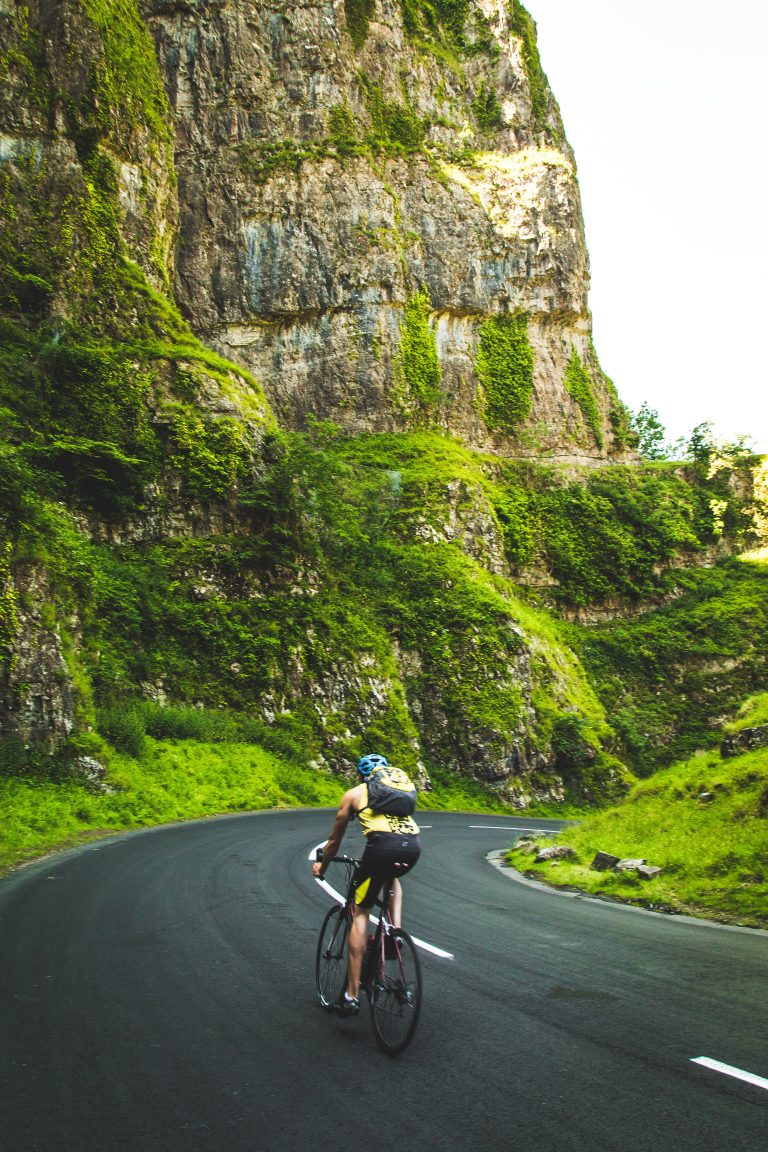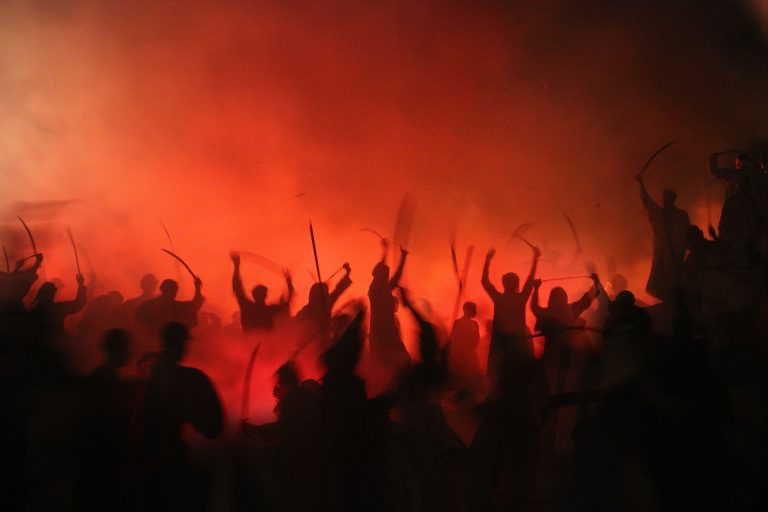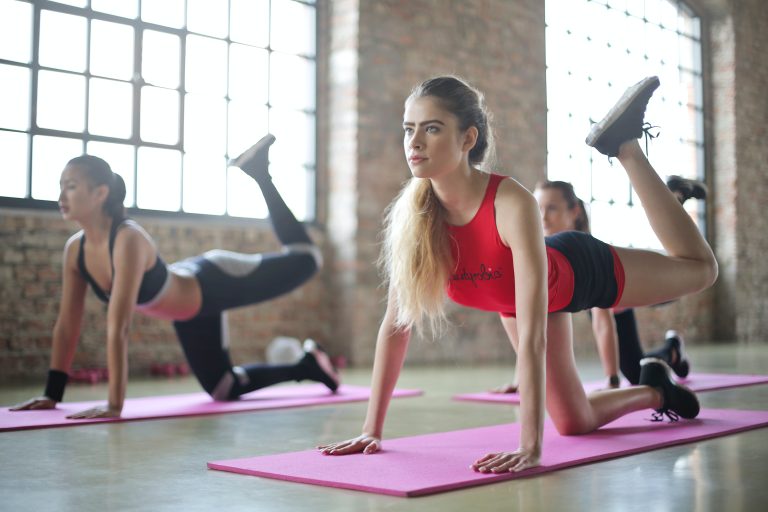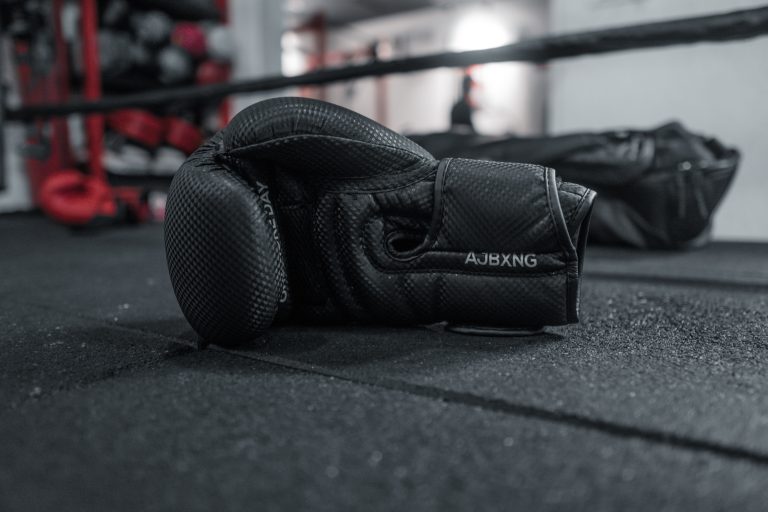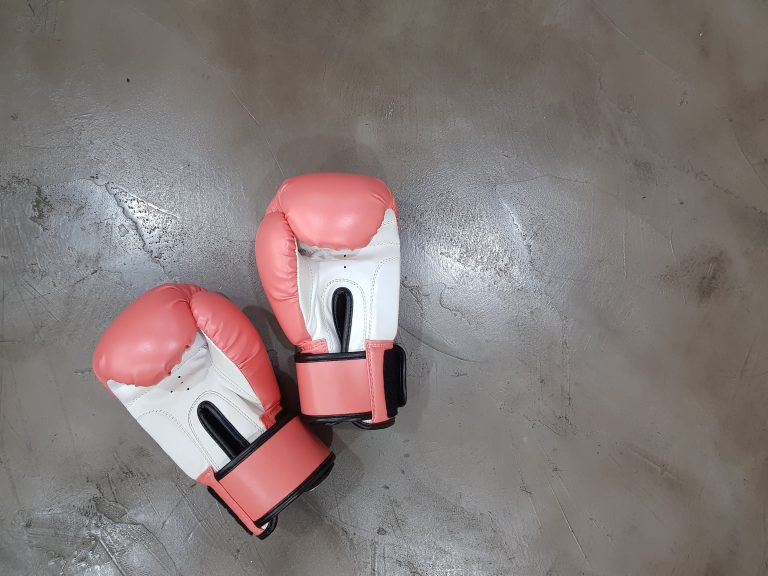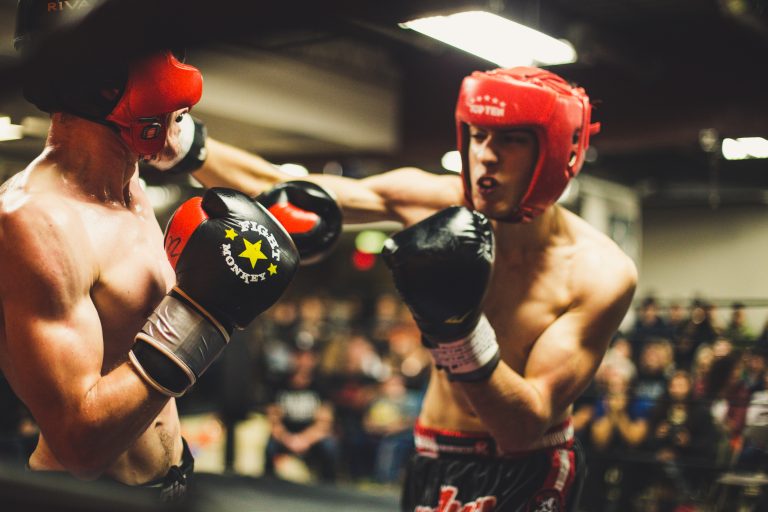Karate: An Insight into History, Techniques and Philosophy
Karate is a martial art that originated in Okinawa, Japan. It has evolved over the years, and today it is one of the most practiced forms of martial arts in the world. Karate, which means “empty hand,” is a form of self-defense that utilizes strikes, kicks, and blocks to neutralize attacks. In this blog post, we will take a closer look at the history, techniques, and philosophy behind Karate.
History of Karate
Karate has a rich history that dates back several centuries. The practice originated from Okinawa, a small island located south of mainland Japan. It was primarily used as a self-defense technique to protect oneself from bandits and other miscreants. Karate was initially practiced in secret, and only a select few were allowed to learn the techniques.
In the late 19th century, a famous Karate master named Gichin Funakoshi introduced Karate to Japan. Funakoshi was instrumental in popularizing Karate and making it more accessible to the general public. In the years that followed, Karate slowly spread throughout the world, and today, millions of people practice it.
Techniques Used in Karate
Karate utilizes a wide range of techniques, ranging from strikes and kicks to joint locks and throws. Some of the fundamental techniques used in Karate include:
- Punches
- Kicks
- Elbow Strikes
- Knee Strikes
- Blocks
These techniques are typically taught in a structured manner, with students progressing from the basic techniques to more advanced ones as they improve their skills.
Philosophy Behind Karate
Karate is not just a form of self-defense; it is also a way of life. The philosophy behind Karate is rooted in several values, including discipline, respect, and humility. Practicing Karate is not just about learning how to fight; it is also about cultivating a sense of inner peace and harmony.
One of the core tenets of Karate is the concept of “do” or the way. Practitioners of Karate are encouraged to focus on personal growth and self-improvement rather than focus on external goals like winning or losing. Through the practice of Karate, students are encouraged to cultivate a sense of self-awareness and learn to control their emotions.
Conclusion
In conclusion, Karate is more than just a martial art – it is a way of life. It has a rich history that spans several centuries, and today, it is one of the most popular forms of martial arts in the world. The techniques used in Karate are designed for self-defense, and practitioners are encouraged to cultivate inner harmony and personal growth. Whether you are a beginner or an experienced practitioner, the practice of Karate has something to offer everyone.
Karate: An Insight into History, Techniques and Philosophy
Karate is a traditional martial art that originated in Okinawa, Japan. It is widely recognized as one of the most powerful self-defense techniques utilized worldwide. Karate practitioners use defensive moves such as punches, kicks, strikes, and blocks to defend themselves against attackers. Its practice not only focuses on physical fitness and strength but also encompasses a holistic approach to the development of one’s mind and spirit.
In this article, we will explore some of the most frequently asked questions regarding karate to gain insight into this martial art’s rich history, techniques, and philosophy.
What is the history of Karate?
Karate has its roots in Okinawa, an island in Japan, where it was known as „tode“ or „Te.“ The art was developed around the 19th century and was kept secret for a long time. Later, in the 20th century, various styles of karate were introduced, which paved the way for the spread of the martial art worldwide.
Gichin Funakoshi is credited with introducing karate to Japan in 1922. Funakoshi showed the techniques of karate in Tokyo in 1922, thereby bringing the martial art to mainland Japan. Master Funakoshi’s teachings have had a significant impact and are widely practiced in modern karate today. Over time, karate has become a popular martial art worldwide, with millions of practitioners globally.
What are the techniques used in Karate?
Karate practitioners use various techniques during training and self-defense, including strikes, kicks, and blocks. Some commonly used techniques include:
- Punches: Straight punch, Uppercut punch, Hook punch, and others
- Kicks: Front kick, Roundhouse kick, Sidekick, and others
- Strikes: Elbow strike, Knee strike, and others
- Blocks: High block, Middle block, Low block, and others
These techniques are designed to cause maximum damage to the attacker while keeping the defender safe. Karate also includes throws, joint locks, and pressure point attacks, which are used to immobilize or disable the attacker.
What is the philosophy behind Karate?
The philosophy of karate is based on a combination of physical and mental training. The martial art emphasizes developing discipline, respect, and self-control, in addition to building strength, agility, and endurance.
Karate also places a strong emphasis on humility, sincerity, and perseverance. Practitioners are encouraged to respect tradition and uphold strong ethical values to become better human beings.
Another essential aspect of karate philosophy is that of developing a clear mind and focusing solely on the present moment. Mindfulness and meditation practices are frequently integrated into the training to help practitioners achieve this state.
What are the different styles of Karate?
Karate has many different styles, and each style focuses on its unique techniques, training methods, and philosophies. Some of the most well-known styles include:
- Shotokan – A popular style of karate introduced by Gichin Funakoshi
- Goju-ryu – A martial art that combines hard and soft techniques
- Shito-ryu – A style that emphasizes fluid movements and powerful strikes
- Wado-ryu – A martial art that blends karate with jujutsu techniques
- Kyokushin – A full-contact style that focuses on intense physical training and conditioning
Each style has its unique training methods and techniques, and aspiring karate practitioners should research and explore different styles to find what suits them best.
What are the benefits of learning Karate?
Karate offers numerous physical and mental benefits to practitioners. Some of the most notable benefits include:
- Improved cardiovascular health and physical fitness
- Increased strength, endurance, and flexibility
- Enhanced self-defense skills and increased confidence in one’s abilities
- Improved concentration and focus
- Increased self-discipline and self-control
- Reduced stress and anxiety
Conclusion
Karate is a martial art that has been practiced for centuries, and it offers numerous benefits to those who practice it. It emphasizes discipline, self-control, and respect, in addition to building strength, agility, and endurance. Learning karate can improve physical fitness, enhance self-defense skills, and have a positive impact on overall well-being.
Whether you are interested in martial arts, self-defense, or looking for a new workout routine, karate is a great option to explore. We hope this article has provided you with an insight into karate’s history, techniques, philosophy, and benefits, and helped you gain a better understanding of this fascinating martial art.
Inhaltsverzeichnis

